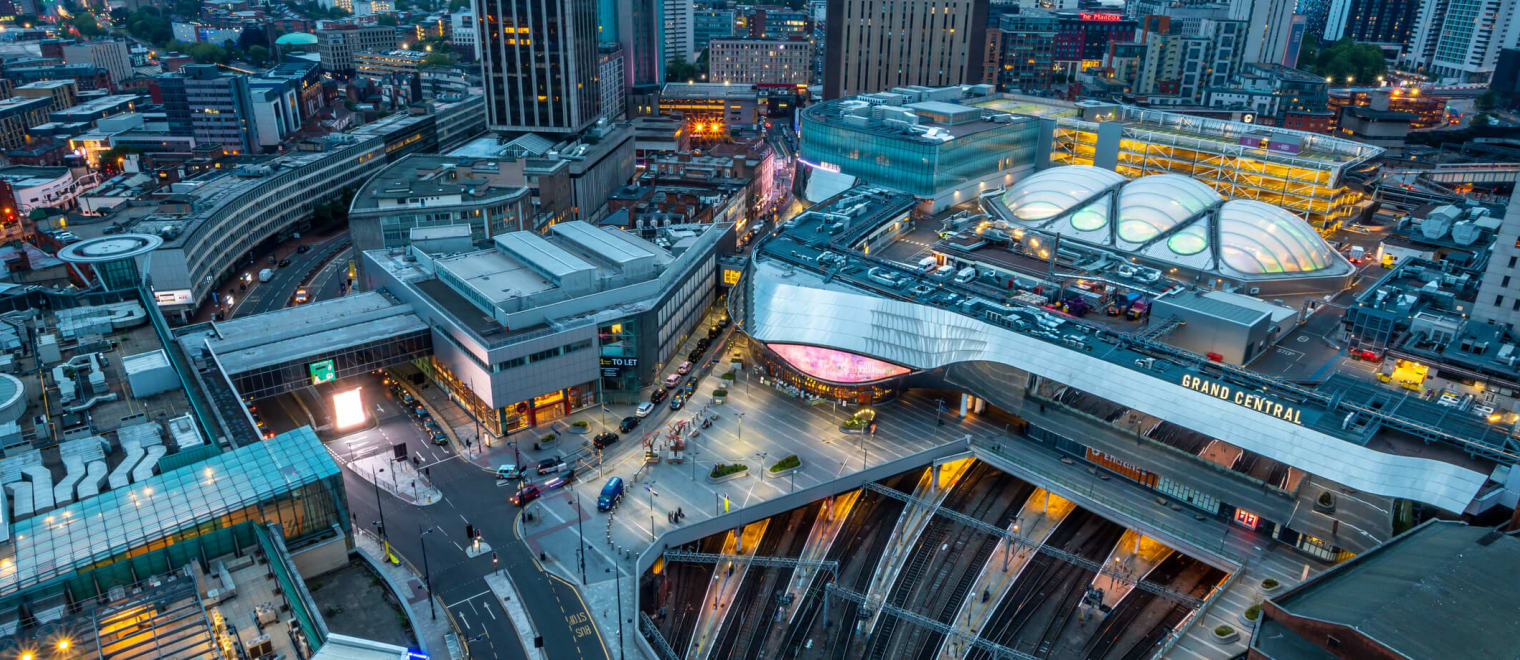This informal CPD article Urban Growth and Vibrations: Enhancing Living Spaces Near Transit Hubs was provided by CDM Stravitec, engineering effective solutions for noise and vibration isolation systems since 1951.
Introduction
As urban growth continues to surge at an unprecedented pace, cities worldwide are grappling with the intensifying trend of densification. While every available inch of the cityscape is now dedicated to towering structures, mixed-use developments strategically emerge near underground metro stations, capitalizing on the convenience and accessibility of public transportation to maximize foot traffic and enhance customer visits.
Simultaneously, in addition to the challenge of the escalating population density, cities are proactively addressing the challenges of climate change. One of the key instruments in the fight against climate change is to promote the use of public transport as a means of reducing car dependency. To achieve this, cities are expanding their railway networks, improving connectivity and enhancing the overall efficiency of public transportation systems.
However, amidst these developments, a recurring concern arises concerning buildings located near train tracks. The primary grievances revolve around the issues of vibrations and noise pollution. These problems not only impact the well-being of individuals but can also lead to a decrease in property value.
To address the detrimental effects of noise pollution and enhance the value of buildings situated in close proximity to noise and vibration sources, vibration isolation solutions have emerged as a viable solution. By implementing these solutions, transmitted vibrations are mitigated subsequently reducing noise levels within the rooms. This allows residents and occupants to experience a more peaceful and comfortable environment, while also safeguarding the property's market value.
How does vibration isolation in buildings work?
Physically, vibrations propagate as waves through the soil gradually decreasing in intensity as they move away from the source. Once these waves reach the building they travel through the structure generating structure-borne noise which can affect different levels of the building. The characteristics of the building's structural elements determine whether the wave is amplified or attenuated.
To mitigate these effects, vibration isolation is introduced to isolate the building or specific parts of it from the source of the vibration. Each vibration isolation intervention (also known as Building Base Isolation or BBI) is tailored to meet the specific requirements of the building and takes into account various factors such as the required isolation performance, the intended use of the building, and its structural composition.
Because no two projects are the same, a different strategy will be required for each project. A fundamental part of the strategy will be to define the vibration cut level and the type of anti-vibration solution to be used.
What are the best anti-vibration solutions?
It is important to understand that there is no universally applicable "best" anti-vibration material or solution. Vibration isolation is not a one-size-fits-all solution but rather a customized – tailored solution to the specific project requirements.
Multiple materials and solutions are available on the market, ranging from spring solutions (suitable for very low frequencies below 6Hz) to elastomeric solutions (designed for frequencies above 6Hz). Commonly used materials include natural rubber, recycled rubber, and foams such as polyurethane and the selection will depend on the unique characteristics of each project.
When designing the appropriate vibration isolation solution, consideration is given to the type of structural elements, the load scheme applied, the dimensions of the supporting area and the required level of attenuation. This process ensures that the final designed solution is a well-matched fit for the purpose and requirements of the project.
“Building Base Isolation = The Right Solution for The Right Application”














